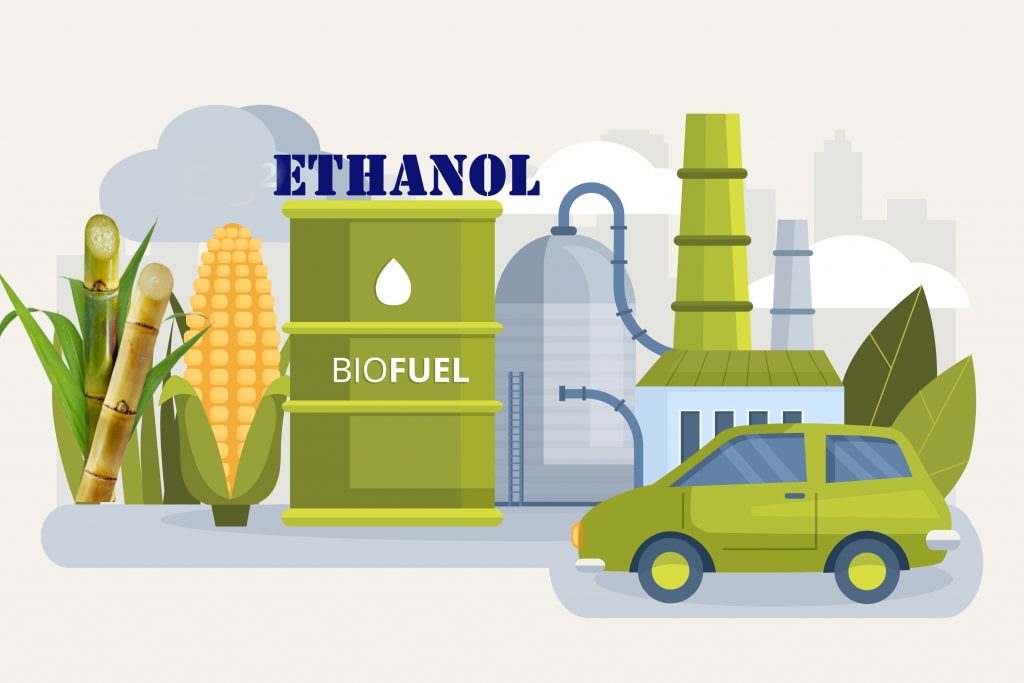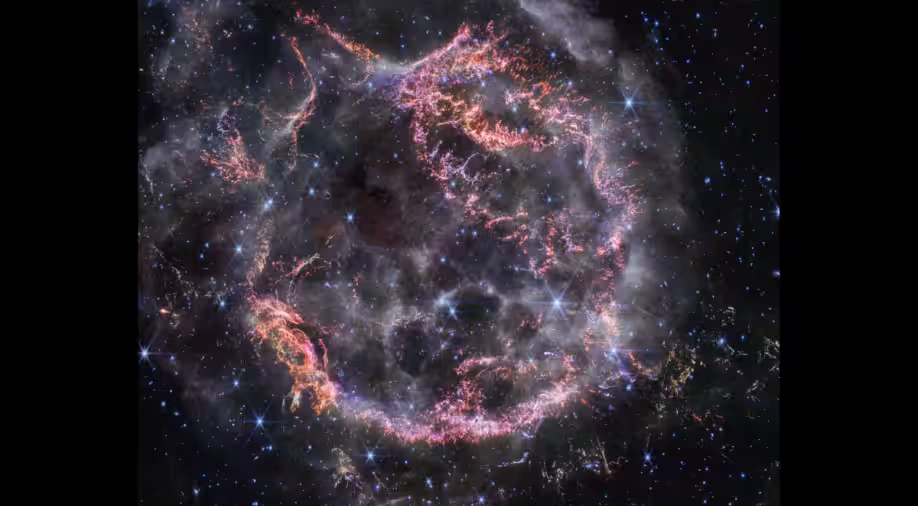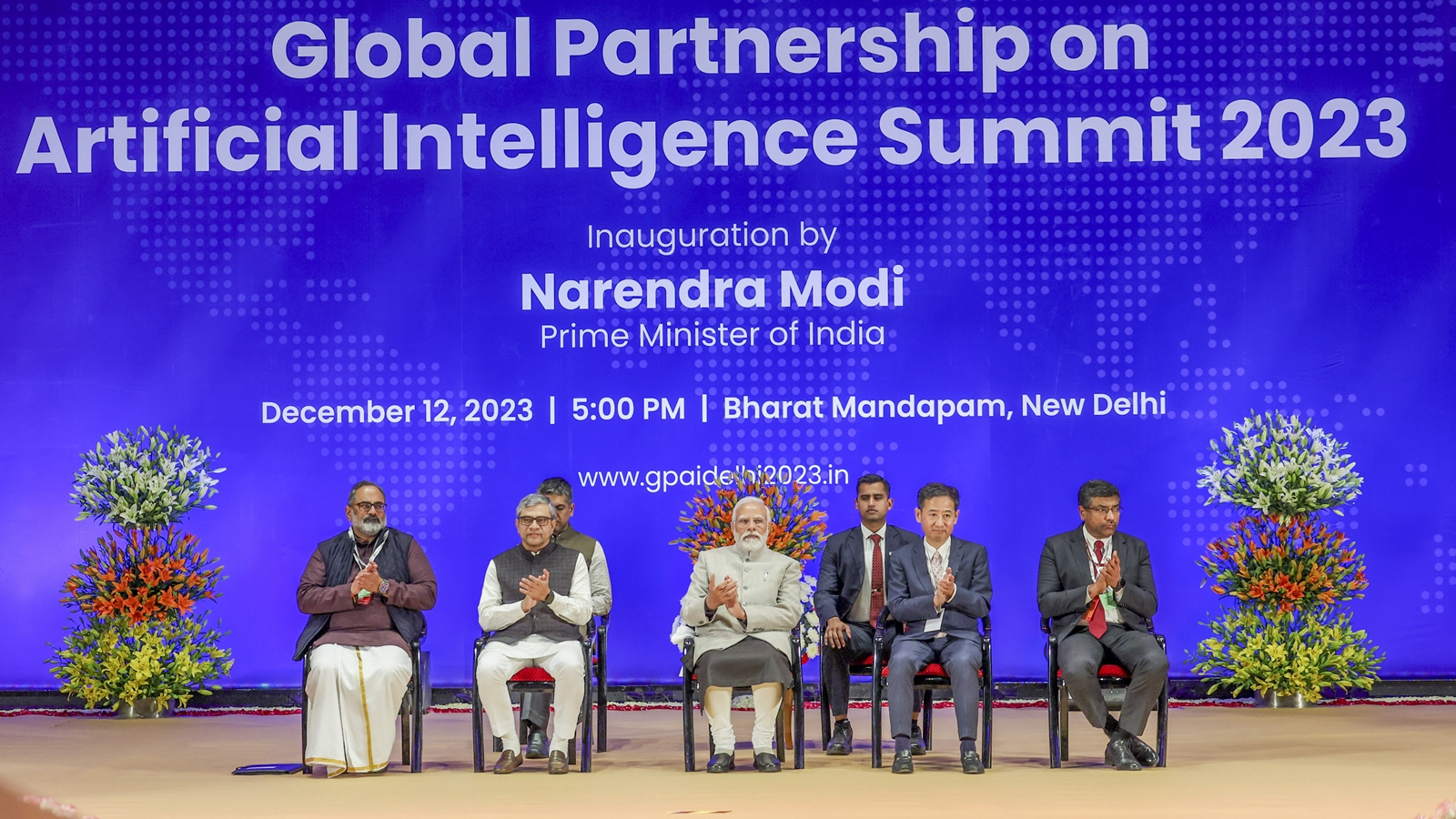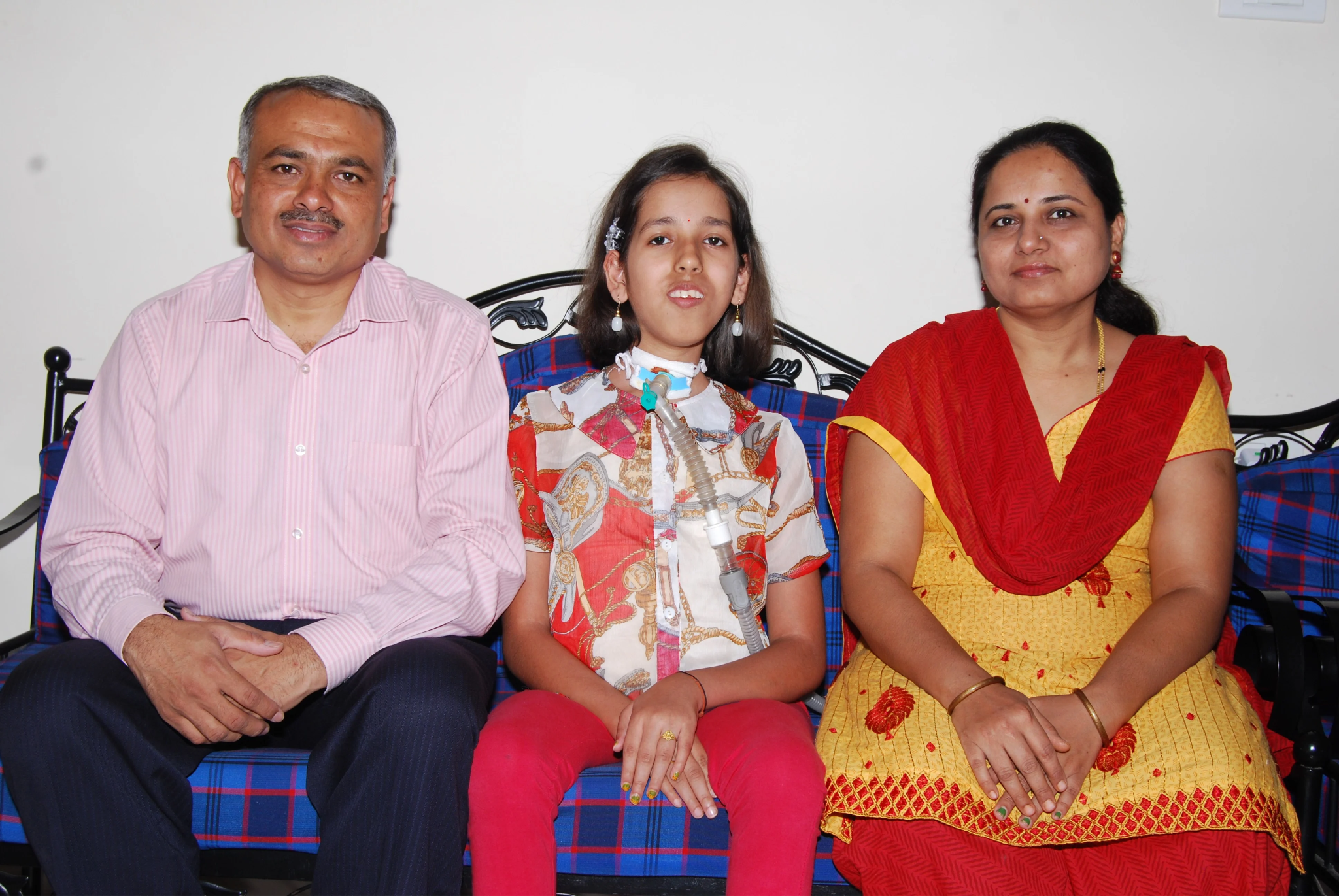Food versus Fuel: What’s happening with Centre’s ethanol blending scheme (Indian Express)

- 13 Dec 2023
Why is it in the News?
After banning sugar exports, the Centre has taken the next step towards augmenting domestic availability – restricting the diversion of the sweetener for ethanol production.
What is the Ethanol Blended Petrol (EBP) Programme?
- The Ethanol Blended Petrol (EBP) programme was launched in January 2003.
- The programme sought to promote the use of alternative and environment-friendly fuels and to reduce import dependency for energy requirements.
- Effective from April 1, 2019, across the nation (excluding UTs of Andaman Nicobar and Lakshadweep islands), Oil Marketing Companies (OMCs) sell petrol blended with up to 10% ethanol.
- The average ethanol blending in petrol has surged from 1.6% in 2013-14 to 11.8% in 2022-23.
- India targets a 20% ethanol blending ratio by 2025, revised from the initial 2030 deadline per the NITI Aayog's roadmap.
- Benefits of the EBP Programme:
- Reducing India’s import bill.
- Mitigating environmental pollution.
- Augmenting farm income.
- Offering a biofuel option with minimal additional investment for manufacturers.
- Challenges for 20% Ethanol Blending:
- Engine modifications are required to process petrol blended with 20% ethanol.
- Ethanol combustion yields no CO2, yet it doesn't address nitrous oxide emissions.
- Concerns about inefficient land use in ethanol production and the substantial water demand for cultivating crops.
- Food security considerations due to uncertainties about future agricultural output.
Why is the Restriction on Sweetener Diversion for Ethanol Production Imposed?
- Sugar Supply Concerns: Closing the 2022-23 sugar year with stocks slightly exceeding 57 lakh tonnes (lt), the lowest since 2016-17 (39.4 lt), raises apprehensions.
- The stock level falls significantly below the peak of 143.3 lt in 2018-19.
- Uncertainties surround the sugar production for the ongoing 2023-24 year, with Maharashtra and Karnataka anticipating substantial declines due to insufficient rainfall and low reservoir water levels in key cane-growing regions.
- Key Implication of the Decision: The recent decision, coupled with the ban on sugar shipments since May 2023, underscores a clear priority.
- Governments emphasize domestic supply over exports, favouring consumers over producers and prioritizing food over fuel.
Strategies to Boost Ethanol Production without Compromising Food Security:
- Diversification of Feedstocks: The government's ethanol policy, marked by favourable pricing and the incorporation of alternative feedstocks such as 2G ethanol sources, has been instrumental.
- The historical dependence on sugarcane-based feedstocks, which constituted 100% of ethanol sources (reduced to 76% in 2022-23), is no longer the sole reliance of the Ethanol Blended Petrol (EBP) program.
About Ethanol:
- Ethanol, an anhydrous ethyl alcohol having the chemical formula of C2H5OH, can be produced from sugarcane, maize, wheat, etc which have high starch content.
- In India, ethanol is mainly produced from sugarcane molasses by fermentation process.
- Ethanol can be mixed with gasoline to form different blends.
- As the ethanol molecule contains oxygen, it allows the engine to more completely combust the fuel, resulting in fewer emissions and thereby reducing the occurrence of environmental pollution.
- Since ethanol is produced from plants that harness the power of the sun, ethanol is also considered a renewable fuel.
This explosion in space, will now form a new solar system! James Webb Telescope captures Cassiopeia A in its latest discovery (Business Today)

- 13 Dec 2023
Why is it in the News?
The James Webb Space Telescope by NASA has recently documented a striking image of a star that underwent a supernova explosion within the Cassiopeia A (Cas A) supernova remnant.
What is Cassiopeia A?
- Cassiopeia A is the aftermath of a colossal star's explosion approximately 340 years ago, standing as the most recently formed remnant of its kind in our galaxy.
- Renowned for its status as a prototypical type of supernova remnant, it has been the subject of extensive exploration by various ground- and space-based observatories.
- Encompassing around 10 light-years, this remnant resides 11,000 light-years away in the Cassiopeia constellation, offering valuable insights into the intricate dynamics of supernovae.
What is Supernova?
A supernova is a powerful and catastrophic stellar explosion that occurs during the final stages of a massive star's life cycle. This extraordinary event releases an immense amount of energy, temporarily outshining entire galaxies and producing luminosities that can briefly outshine an entire galaxy.
What happens during a supernova explosion?
- Massive stars: Supernovas typically occur in massive stars, at least 8 times the mass of our sun.
- These stars burn brightly and fiercely, fusing hydrogen into helium in their cores.
- Nuclear fusion: As the star ages, it runs out of hydrogen fuel in its core.
- The core starts to collapse inwards due to gravity, while the outer layers expand and cool.
- This increased pressure and temperature trigger the nuclear fusion of heavier elements, like carbon and oxygen, releasing immense energy.
- Bounce and shockwave: The core's collapse eventually leads to a sudden rebound, called the core bounce.
- This bounce creates a shockwave that rips through the star's outer layers, ejecting them outwards in a violent explosion.
Types of supernovae: There are two main types of supernovae:
- Core-collapse supernovae: The explosion blows away the star's outer layers, leaving behind a neutron star or, if the mass is even greater, a black hole.
- Type Ia supernovae: These occur in binary systems where a white dwarf, the remnant of a low-mass star, siphons material from its companion star.
- This builds up mass on the white dwarf until it reaches a critical point and undergoes thermonuclear runaway, leading to a massive explosion.
Significance of supernovae: Supernovae play a crucial role in the universe's evolution.
- Enrich the interstellar medium with heavy elements: The ejected material from supernovae is rich in elements heavier than hydrogen and helium, which are essential for the formation of new stars and planets.
- Trigger star formation: The shockwaves from supernovae can compress surrounding gas clouds, triggering the formation of new stars.
- Create black holes and neutron stars: The most massive stars leave behind black holes or neutron stars, incredibly dense objects with fascinating properties.
Calling for caution, PM flags need for ethics, democratic values in AI (Indian Express)

- 13 Dec 2023
Why is it in the News?
India is negotiating with GPAI member countries for a consensus on a declaration document on the proper use of AI, the guardrails for the technology, and how it can be democratised.
Context:
- India is currently hosting the 4th Global Partnership on Artificial Intelligence (GPAI) Summit at Bharat Mandapam in New Delhi, scheduled from December 12-14, 2023.
- The first three GPAI summits were held in Montreal, Paris and Tokyo, respectively.
- Prime Minister Modi emphasized the dual nature of AI, portraying it as a significant development tool for the 21st century but also highlighting potential risks.
- He called for a global framework to ensure responsible AI use and urged caution in deployment.
- Addressing concerns like deepfakes, cybersecurity, and cyber-terrorism, he proposed an audit mechanism categorizing AI tools based on their capabilities.
- PM Modi is negotiating with GPAI member countries for a consensus on a declaration document outlining proper AI use, technology guardrails, and democratization.
- Recognizing AI's role in economic growth, he announced India's upcoming AI mission, focusing on AI computing power for startups and innovators, with applications in agriculture, health, and education.
- The mission aims to extend AI skills to Tier 2 and Tier 3 cities.
- PM Modi stressed ethical AI use as a guiding principle and suggested the inclusion of development and deployment protocols for high-risk AI systems in the global framework.
- He underscored AI's potential for connecting people and envisioned its ethical use in promoting economic growth, equality, and social justice.
About the Global Partnership on Artificial Intelligence (GPAI) Summit:
- The Global Partnership on Artificial Intelligence (GPAI) Summit is a three-day event starting December 12, which will see representatives from 28 member countries and the European Union.
- India is the Lead Chair for the alliance in 2024.
- The founding members of the GPAI: are Australia, Canada, France, Germany, India, Italy, Japan, Mexico, New Zealand, the Republic of Korea, Singapore, Slovenia, the UK, the US, and the EU.
- Prime Minister Narendra Modi inaugurated the summit on December 12.
- The objective of this summit is to bridge the gap between theory and practice on AI by supporting cutting-edge research and applied activities on AI-related priorities.
- It will feature a number of seminars covering a wide range of subjects, including AI and global health, education and skill development, AI and data governance, and machine learning workshops.
- More than 150 speakers from various nations will be present at the summit, including more than fifty GPAI experts.
- Moreover, leading global AI innovators such as Intel, Google, Meta, Microsoft, etc will be taking part in these events.
- Additionally, start-ups and students who win under the YUVA AI programme will present their AI models and solutions.
Missiles from rebel territory in Yemen miss a ship near key Bab el-Mandeb Strait, US official says (TOI)

- 13 Dec 2023
Why is it in the News?
Two missiles fired by Yemen's Houthi rebels missed a commercial tanker near the Bab el-Mandeb Strait.
Context:
- Two missiles fired from territory held by Yemen's Houthi rebels missed a commercial tanker near the key Bab el-Mandeb Strait on Wednesday.
- An American warship also shot down a suspected Houthi drone flying in its direction during the incident.
- The ship was carrying Indian-manufactured jet fuel and was heading for either Rotterdam in the Netherlands.
- It was coming from Mangalore in southern India and had an armed security crew on board.
- The Houthis have carried out a series of attacks on vessels in the Red Sea and launched drones and missiles targeting Israel.
About Bab el-Mandeb Strait:
- The Bab-el-Mandeb is a strait between Yemen on the Arabian Peninsula, and Djibouti and Eritrea in the Horn of Africa.
- It connects the Red Sea to the Gulf of Aden.
- The Bab el-Mandeb Strait is a chokepoint between the Horn of Africa and the Middle East and is a strategic link between the Mediterranean Sea and the Indian Ocean.
- It is one of the world's most important routes for global seaborne commodity shipments, particularly crude oil and fuel.
- The Perim Island divides the strait into two channels, of which the eastern is known as the Bab Iskender (Alexander's Strait), while the western is known as Dact-el-Mayun.
What is the Horn of Africa?
- The Horn of Africa, the world's fourth-largest peninsula, is located in Northeast Africa, extending eastwards from the African mainland and bordered by the Red Sea, Guardafui Channel, Gulf of Aden, and Indian Ocean.
- Positioned equidistantly from the equator and the Tropic of Cancer, it encompasses diverse landscapes, including the Ethiopian Plateau, Ogaden desert, and Eritrean and Somalian coasts.
- The Horn of Africa includes the countries of Djibouti, Eritrea, Ethiopia, and Somalia.
- This region has experienced historical complexities, including imperialism, neo-colonialism, the Cold War, ethnic tensions, intra-African conflicts, poverty, disease, and famine.
India’s first Pompe disease patient passes away: What is this rare genetic disorder? (Indian Express)

- 13 Dec 2023
Why is it in the News?
Nidhi Shirol, India’s first Pompe disease patient, passed away last month at the age of 24 years after battling the disease. She spent the last six years in a semi-comatose state.
What is Pompe Disease?
- Pompe disease is a rare genetic disorder caused by a deficiency of the enzyme acid alpha-glucosidase (GAA) and is also known as Glycogen Storage Disease Type II.
- This enzyme is crucial for breaking down glycogen into glucose within the lysosomes of cells.
- Its prevalence estimates range from 1 in 40,000 to 1 in 300,000 births and occur across diverse ethnicities and populations.
- The age of onset and severity can vary, leading to a spectrum of clinical presentations.
How does Pompe disease affect an individual?
The severity of the condition and the progression of symptoms may differ among individuals. Some key symptoms are:
- Muscle weakness: Progressive muscle weakness is a primary feature of Pompe disease.
- It affects both skeletal and smooth muscles, leading to difficulties in mobility and daily activities.
- Weakness in the respiratory muscles can result in breathing difficulties, especially during physical exertion or even while lying down.
- Motor skill delay: Children with the disease may experience delays in achieving motor milestones, such as sitting, crawling, and walking.
- The degree of motor skill delay can vary, and some individuals may never attain certain motor milestones.
- Degenerative impact on bones: Prolonged muscle weakness and reduced mobility can have a degenerative impact on bones, leading to joint contractures and skeletal deformities.
- Respiratory complications: The weakening of respiratory muscles, including the diaphragm, can have an impact.
- Patients may experience shortness of breath, respiratory infections, and in severe cases, respiratory failure.
- Cardiac involvement: In some cases, Pompe disease can affect the heart muscles, leading to complications.
- Symptoms such as heart palpitations, fatigue, and chest pain, may manifest.
- Hypertrophic cardiomyopathy: Pompe disease can cause hypertrophic cardiomyopathy, characterised by the thickening of the heart muscle walls.
- This can lead to impaired heart functions and cardiovascular symptoms.
- Implications for daily living: Patients may face challenges in performing daily activities independently due to muscle weakness and respiratory limitations.
- Assistive devices such as wheelchairs and respiratory support equipment may become necessary.
How is Pompe disease diagnosed?
- Diagnosing Pompe disease involves a multi-faceted approach.
- Enzyme assays are conducted to measure the activity of acid alpha-glucosidase (GAA), the deficient enzyme.
- Genetic testing identifies mutations in the responsible GAA gene.
- Clinical evaluations consider the patient’s symptoms and medical history.
- Enzyme tests, often performed on blood or skin cells, provide crucial insights into GAA deficiency.
- Genetic analysis confirms the presence of specific mutations associated with Pompe Disease.
- The combination of these diagnostic tools enables healthcare professionals to accurately identify and confirm the disease, helping achieve timely intervention and management.
Is Pompe disease curable?
- While there is currently no cure for Pompe disease, treatment options are available to manage symptoms and improve the patient’s quality of life.
- Enzyme Replacement Therapy (ERT) is a standard treatment, involving the infusion of the missing enzyme to alleviate glycogen buildup.
